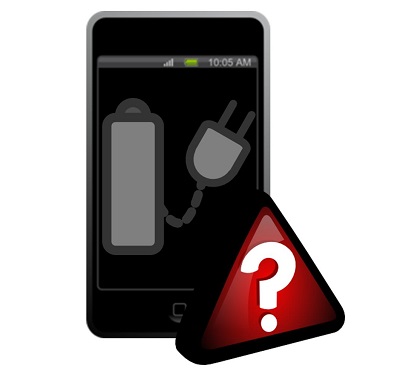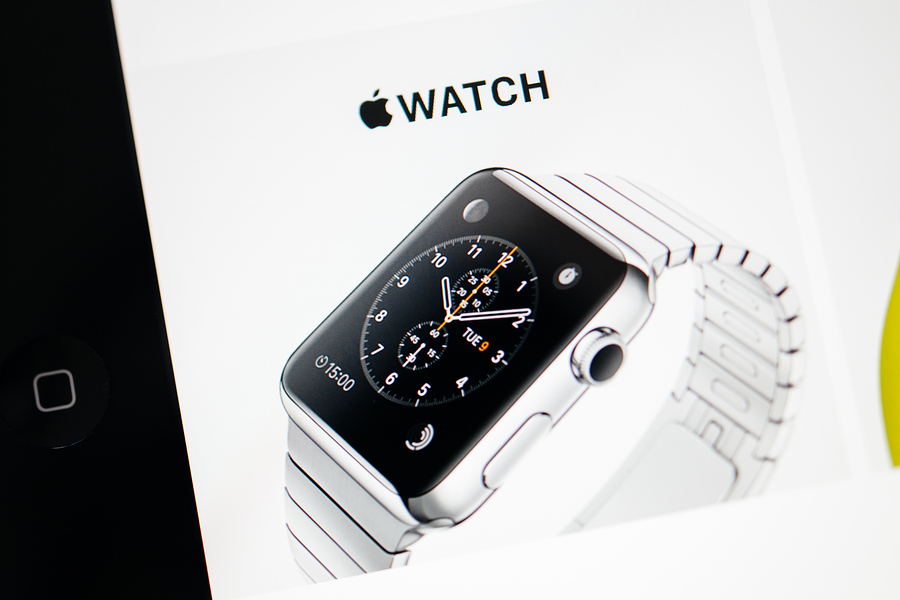A growing number of reports are indicating that companies – including Motorola Solutions – are working on it.
Because of the broad scale dependence that much of the population has on their mobile devices, when a smartphone battery dies, it can cause people to experience anything from a slight frustration to a large amount of panic.
Companies are now starting to come up with new strategies to make sure mobile device batteries stay charged.
While a considerable amount of this effort is being focused on developing a slimmer, lighter and more powerful smartphone battery, others are working on the challenge of creating devices that don’t need as much power in order to run all the features a user wants for his or her everyday life. Consumers, themselves, have been doing what they can to get the most battery life from their devices, including dumping power draining apps and bloat-ware, when they can, and reducing certain activities – such as streaming video – when they’re on their last bar of battery.
However, some efforts are now focusing on unique strategies such as a self-charging smartphone battery.
 While there may be more than one company working on such an effort, Motorola Solutions has found itself in the spotlight for just this reason. At the time of the writing of this article, the claims have only been as official as a rumor, but they are starting to appear in a growing number of places and are pointing to the company’s efforts with increasing detail. It is important to note that it is Motorola Solutions and not Motorola Mobility that has been identified as a part of this development.
While there may be more than one company working on such an effort, Motorola Solutions has found itself in the spotlight for just this reason. At the time of the writing of this article, the claims have only been as official as a rumor, but they are starting to appear in a growing number of places and are pointing to the company’s efforts with increasing detail. It is important to note that it is Motorola Solutions and not Motorola Mobility that has been identified as a part of this development.
Motorola Solutions is the result of a 2011 division of Motorola (the other half being Motorola Mobility). The Mobility side is the Moto and Droid side of the business and is also behind the Moto 360 wearable technology. On the other hand, the Solutions side of the company provides public safety equipment (such as police scanners and radios) and network solutions. Essentially, Mobility is the consumer electronics side, while Solutions is the public side. Solutions, unlike Mobility, was not sold to Google and then Lenovo as was the case with Mobility.
While this type of automatically recharging smartphone battery may seem to have appeal, it is still in a rumor phase and is far from the market. Until then, we will need to continue with careful power saving strategies and good quality external battery charger products.

 Another 84 percent of the smartwatch’s owners said that they were satisfied with the length of time that the battery would last before it would need to be recharged. The primary drain on the battery in this
Another 84 percent of the smartwatch’s owners said that they were satisfied with the length of time that the battery would last before it would need to be recharged. The primary drain on the battery in this 